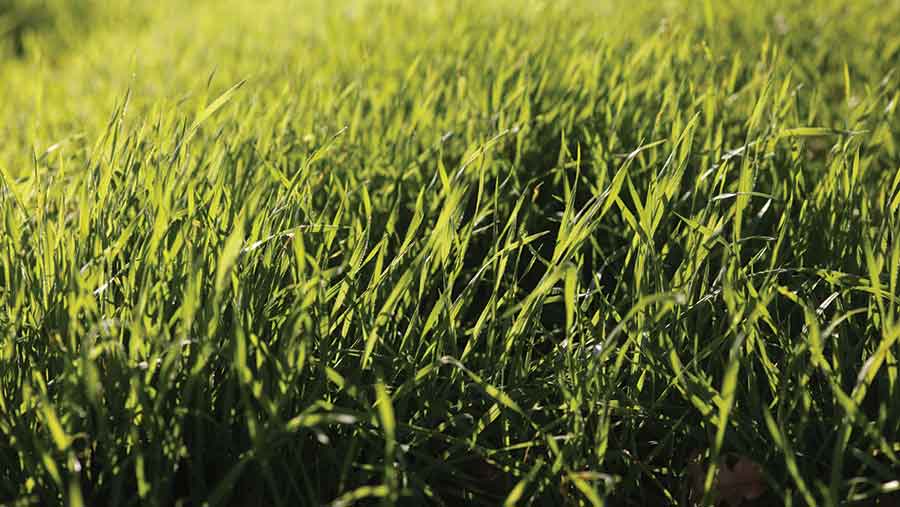Manage unusually high grass cover with a new approach
 © REX/Shutterstock
© REX/Shutterstock A renewed approach to grass management will be needed this spring due to unusually high grass covers, following good autumn conditions and sustained winter growth.
Farm grass covers are usually 1,800-2,200kg DM/ha at this time of year, but AgriNet data from about 400 UK farms shows many farms have average covers as high as 2,400-2,500kg DM/ha.
These high covers create the opportunity for farmers to maximise production from low-cost forage, but they will need careful management to ensure quality is maintained throughout the coming season.

Hugh Frost
Product and technical manager, Mole Valley Forage Service
Knowing the actual amounts and accurate quality of grass on farm is crucial, so appropriate strategies can be put in place.
Take fresh grass samples prior to turnout and at least three times through the year to determine what grass can nutritionally deliver to stock.
Results can be used to ration other feeds and determine optimum plant and soil nutrient inputs.
Also, assess field grass covers using a plate meter, measuring stick or lines up a wellie and construct a grazing wedge. Then work with an adviser to understand grass requirements for each cow.
See also: Remove silage aftermath now to avoid spoilage
Wet conditions will make this spring a challenging one, but once grazing is under way any, fields above the demand line should be prioritised for early grazing or shut up for an earlier silage cut.
Depending on what happens with the weather, it may be worth taking an earlier, reduced first cut from these fields about two to three weeks earlier than usual.
By ensuring fields are grazed down to 1,500kg DM/ha – about 4cm – old grass will be removed and new, quality grass will be maintained for the season.
Taking this attitude towards monitoring and managing low-cost grass is vital for all farmers, especially at a time when efficiencies and costs are under scrutiny.
